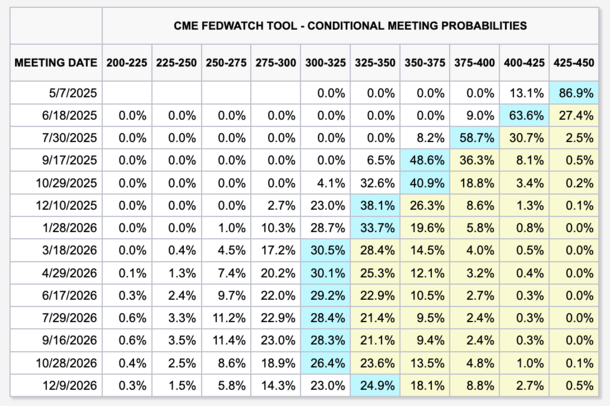Crosscountry, Blend announce technology partnership
unitedbrokersinc_m7cmpd2025-04-21T18:22:34+00:00Retail lender Crosscountry Mortgage and technology platform Blend embarked on a new partnership this week, as the latter company also introduces a new division focused exclusively on serving nonbank originators.Among the new features Blend is bringing into its independent mortgage bank unit are branch-level configurations to allow for tailored workflow and branding, the ability to deliver loan disclosure within its loan-origination platform and enhanced security for hybrid closings. Some of the features, built cooperatively with Crosscountry, are already in use at the lender, while others are planned for rollout later this year. "By working together to develop solutions like branch-level configurability and seamless disclosures within Blend, we're not just optimizing our own operations — we're helping set a new standard for the home lending process, making it easier and more accessible for borrowers and communities across the U.S," said Crosscountry Mortgage chief operating officer Jennifer Stracensky in a press release. The lender, which operates entirely in the retail channel, ranked third in the number of originations last year, according to the newest Home Mortgage Disclosure Act data. The 101,894 loans the Cleveland-based national lender originated in 2024 accounted for 1.66% of the total market. Blend's launch of a new dedicated IMB division also marks a "significant strategic direction" for the San Francisco-based originations technology provider, the company said. To lead the pivot, the fintech recently hired mortgage veteran Justin Venhousen as general manager of the new IMB division. Before coming to Blend, Venhousen served as chief operating officer at Illinois-based Compass Mortgage in the previous three years. "Having spent more than a decade at a mortgage lender, I've experienced the challenges our customers face firsthand," Venhousen said. Justin Venhousen, general manager of Blend's IMB division "I understand the operational pressures and the importance of supporting branch-level efficiency within a compliant framework. That perspective helps guide our approach as we design technology solutions that are adaptable, scalable, and built to support the way IMBs operate," he added. The latest developments come as the mortgage industry finds itself anticipating changes at the top following Rocket Cos.' acquisitions of leading real estate brokerage Redfin and servicing giant Mr. Cooper, with the deal reverberating from lenders to technology providers. The upheaval has both IMBs and their vendors re-evaluating and adjusting business strategies, including servicing arrangements and automation. Blend could lose between 15% to 20% of its current revenue with the Rocket-Mr. Cooper merger, analysts at Keefe, Bruyette & Woods said shortly after the acquisition was announced last month. Mr. Cooper, which also originates loans, is likely to move off of Blend's platform as it integrates operations with Rocket, they said. Mr. Cooper is currently contracted to use Blend's point-of-sale system through the first half of 2028, with an undisclosed minimum volume commitment. Additionally, Blend generates revenue through an ownership stake in Mr. Cooper's title-agency business. After the Mr. Cooper deal was announced, Blend's leadership noted the fintech had fielded dozens of calls from lenders and others within the mortgage industry, with the merger sparking business interest.Blend's partnership with Crosscountry also comes a few months after it entered into an arrangement to provide technology to PHH Mortgage, a unit of Onity Group.

